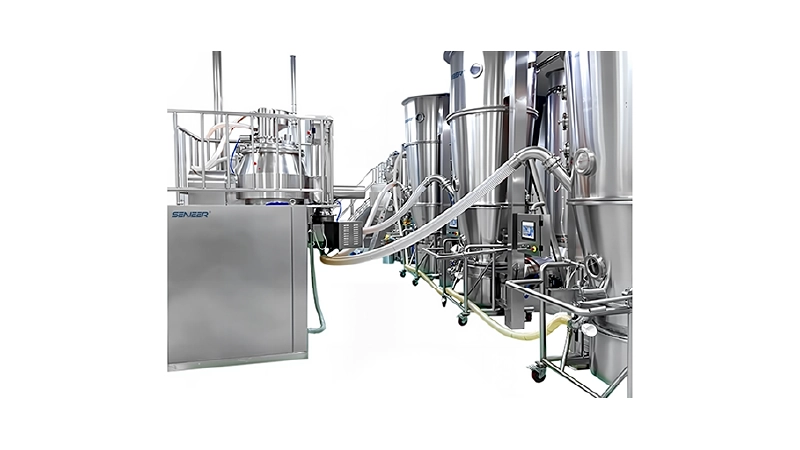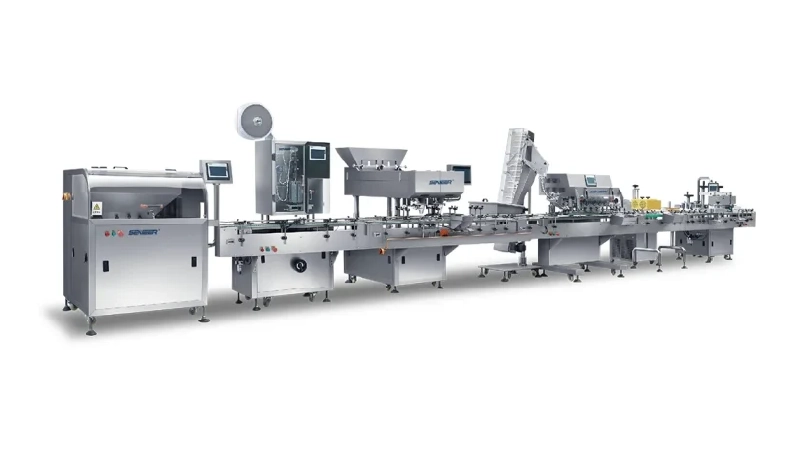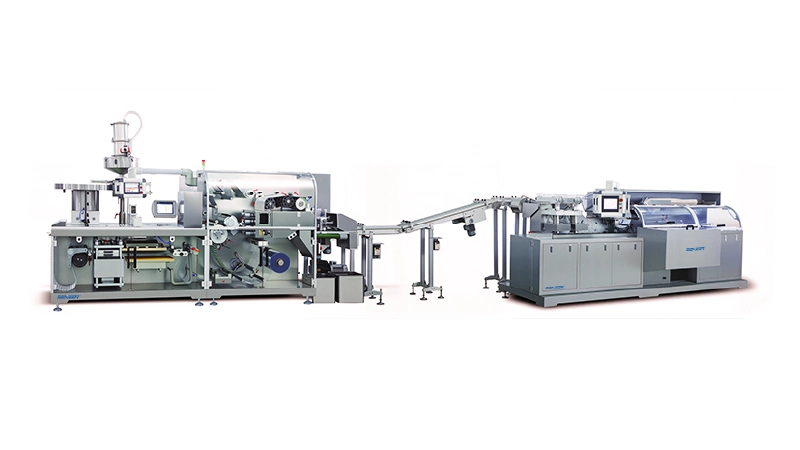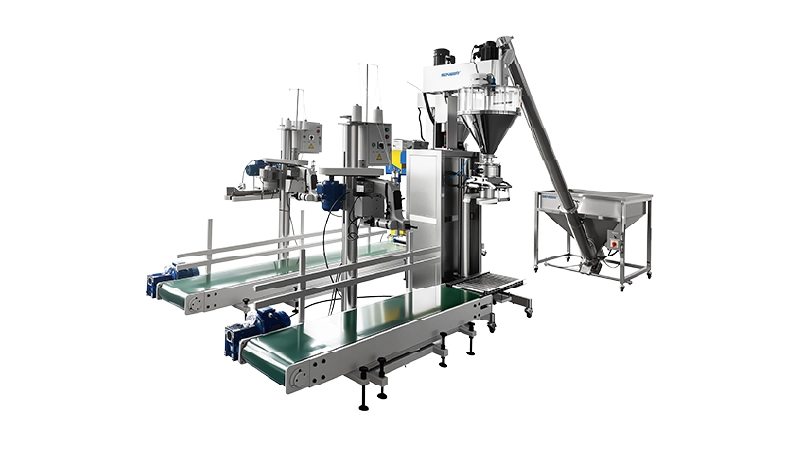Clean Room Clean Area Hygienic Cleaning Practice:
- Area cleanliness and hygiene requirements
- Clean shop hygienic cleaning operating procedures
- Disinfectants are formulated using SOP
- Luminaire cleaning SOP
- Wall cleaning SOP
- Floor cleaning SOP
- Floor drain cleans soop
- Junior effective air filtration cleaning specifications
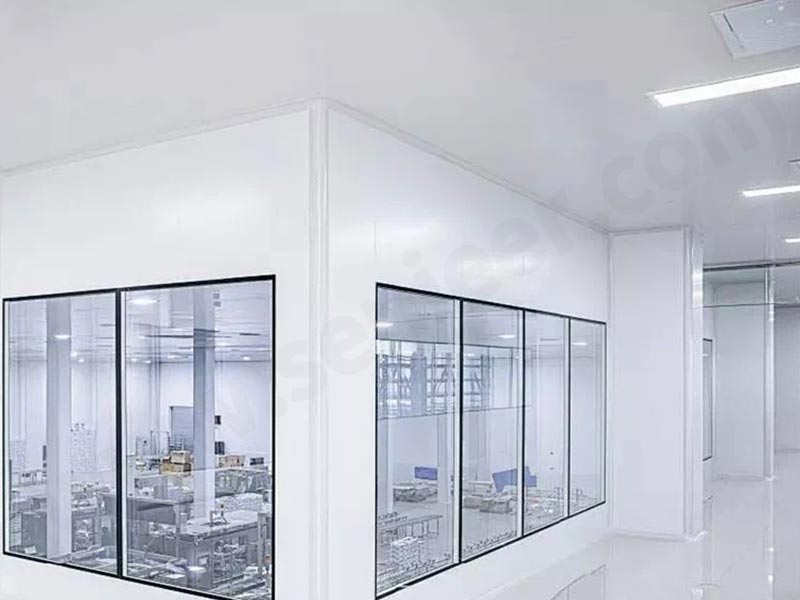
Specifications For The Use Of Cleanroom Equipment:
- Ultraviolet lamp use SOP
- Specification for the use of the pass window
- HePA Filter Replacement Procedure
Clean Room Clean Area Hygiene Inspection System:
- Hygiene on-site hygiene inspections
- Clean zone air inspection system
- Health enforcement and punishment system Production
Personnel Health And Health Eequirements
1. Scope:
This system is used in the production personnel and health management of each workshop.
2. Responsibility:
Quality inspection department and production personnel.
3. Purpose:
To prevent pollution and ensure product quality.
4. Procedure:
4.1 The production and related personnel shall conduct health examinations at least once a year and establish health records. New or temporary workers must undergo a health examination and obtain a health certificate before they can join the work.
4.2 Those who suffer from one of the following diseases shall not work in the production workshop: dysentery, typhoid fever, viral hepatitis and other digestive tract infectious diseases (including carriers of viral sources), active tuberculosis, skin diseases and other diseases that hinder hygiene.
4.3 Before production and related personnel take up their posts, they must have advanced health training and obtain a training certificate before they can work.
4.4 Personal Hygiene
4.4.1 Production personnel must maintain good personal hygiene, must not leave long nails and nail polish, wear jewelry, wash (straighten) hair, bathe frequently, and change clothes frequently.
4.4.2 Before entering the workshop, you must wear neat overalls, work hats, work shoes, work clothes should cover the outer clothes, the hair should not be exposed outside the hat, wash your hands and disinfect.
4.4.3 Handwashing requirements: After the production personnel encounter one of the following conditions, they must wash their hands and disinfect, and the factory should have supervision measures: after going to the toilet; after disposing of contaminated items; After engaging in other activities unrelated to production.
4.4.4 Watches and accessories of all kinds and personal items unrelated to production shall not be brought into the workshop.
4.4.5 Do not wear overalls, shoes into the toilet or leave the workshop.
4.4.6 The production personnel of the filling room should bathe before taking up their posts, wear masks when working, and other overalls, work caps and masks should be cleaned and disinfected every day (except disposable masks).
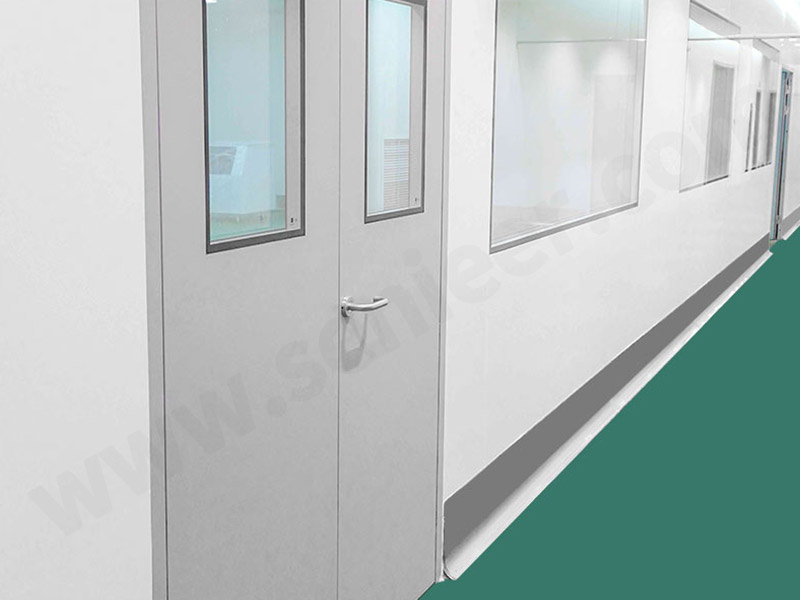
4.4.7 Workers with skin incisions or wounds shall not continue to work in the bottling room.
4.4.8 Smoking, eating and doing other activities that hinder hygiene in the workshop are strictly prohibited.
Hygiene Requirements For Personnel Entering And Leaving The Locker Room
- Scope: First dressing room, second dressing room.
- Responsibility: The personnel used to enter and exit the locker room.
- Purpose: To ensure hygiene in clean areas and to prevent product contamination.
- Procedure:
- 1 locker room is divided into one more (the first locker room) and the second change (the second locker room), one is more used for the first level of clean area staff coat removal and the second and third level clean area staff cleaning clothes replacement, the second is more used for the first level clean area staff clean clothes replacement. Clothes placed in the first and second changes should not be confused.
- 2 Personnel entering the clean area must comply with the following requirements:
- 2. 1 The locker room is the place where the operator enters the production post to change clothes, and the non-production operator is not allowed to enter without the permission of the head of the department.
- 2. 2 In and out of the locker room must first change into work shoes, the replacement shoes should be stored on the designated shoe rack, not arbitrarily placed.
- 2. 3 Entering and exiting the locker room must close a door, and violators will be punished.
- 3 Clothes changed in the dressing room must be stored in the respective locker room and must not be hung outside the locker.
Requirements For Clean Room Personnel To Enter And Exit The Clean Area
- Scope: This system is suitable for the hygiene and health management of production personnel in each workshop.
- Responsibility: quality control department and production personnel.
- Purpose: to prevent pollution and ensure product quality.
- Procedure:
- 1 The following personnel do not enter the clean room:
- 1. 1 Fever, cold, skin scorching, peeling, trauma, inflammation, pruritus;
- 1. 2 Skin allergies, sneezing, coughing more;
- 1. 3 scalps with many;
- 1. 4 Have bad habits of scratching your head, digging your nostrils, touching your face, and rubbing your skin;
- 1. 5 Those who do not wash off cosmetics, nail polish and clean clothes as required;
- 1. 6 People who smoke excessively (smoke particles can be ejected again during speech and breathing).
- 2 Personnel entering the clean room should pay attention to the following matters:
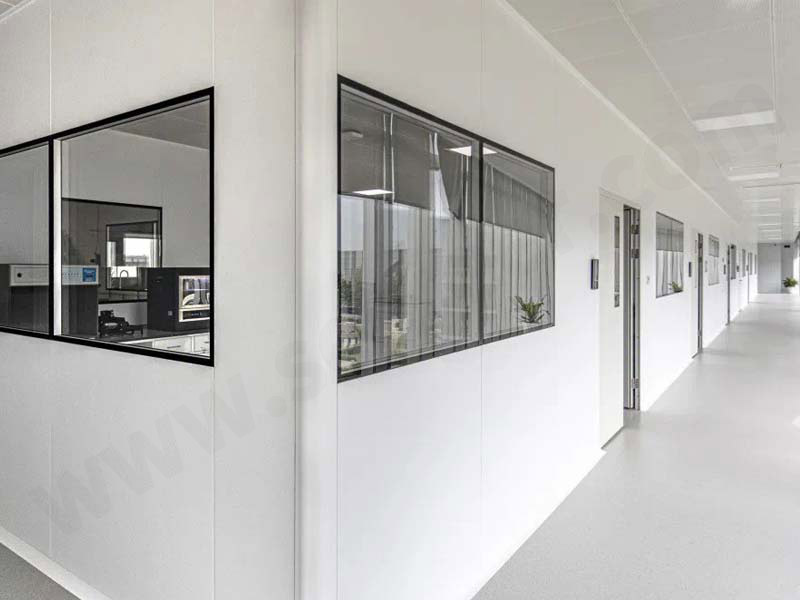
- 2. 1 Strive to take a shower every day, change clothes, wash your hair frequently, and keep your body clean.
- 2. 2 men try to shave daily;
- 2. 3 Wash your hands and cut your nails before entering the clean room;
- 2. 4 Enter the clean room action should be light, indoor walking do not run, do not do violent big movements;
- 2. 5 Indoor smoking, eating snacks;
- 2. 6 Indoors must wear disinfected work clothes, masks, gloves, in addition to normal operation, can not be casually touched including other parts of the body and debris;
- 2. 7 Do not undress or change clothes indoors;
- 2. 8 Hand tools and utensils with pens should be put back into the fixed toolbox;
- 2. 9 Do not bring any bamboo, wood and items that may produce mold sources into the room.
- 3 Entering the clean room must do:
- 3. 1 use of special slippers (rubber shoes);
- 3. 2 Use uniforms, masks, gloves under unified management;
- 3. 3. Wash your hands after changing and putting on work clothes;
- 3. 4 After being blown through the air shower room, it enters the clean room;
- 3. 5 Walk out of the clean room without overalls and go to the toilet.
Clean Room Area Cleanliness Hygiene Requirements
- Scope: General clean area (level 2 and 3 clean area) and special clean area (level 1 clean area).
- Responsibility: Cleaning staff.
- Purpose: To make corresponding sanitary requirements for areas with different health requirements.
- Procedure:
- 1 General clean area: remove and clean the waste reservoir every day, wipe the floor, indoor tables and chairs and the outer wall of the equipment, and wipe off the dirt on doors, windows, sinks and other equipment. Scrub doors, windows, sinks and other facilities every week, brush floors, waste storage, floor drains, drainage edges and skirts. Dust off walls, ceilings, lighting and other accessories every month, and thoroughly clean workplaces and living facilities.
- 3 special clean area cleaning to do:
Remove and clean waste reservoirs daily, wipe the exterior walls of doors, windows, floors, indoor appliances and equipment, and wipe off wall surface dirt. Every week, disinfectant cleaners wipe the doors, windows, walls, indoor appliances and equipment exterior walls, disinfectant cleaners to brush the floor, waste storage, floor drains, drains and other storage. Comprehensively wipe the walls, ceilings, and lighting of the workplace every month. Exhaust air and other accessories, indoor disinfection once a quarter or depending on indoor bacteria picking up.
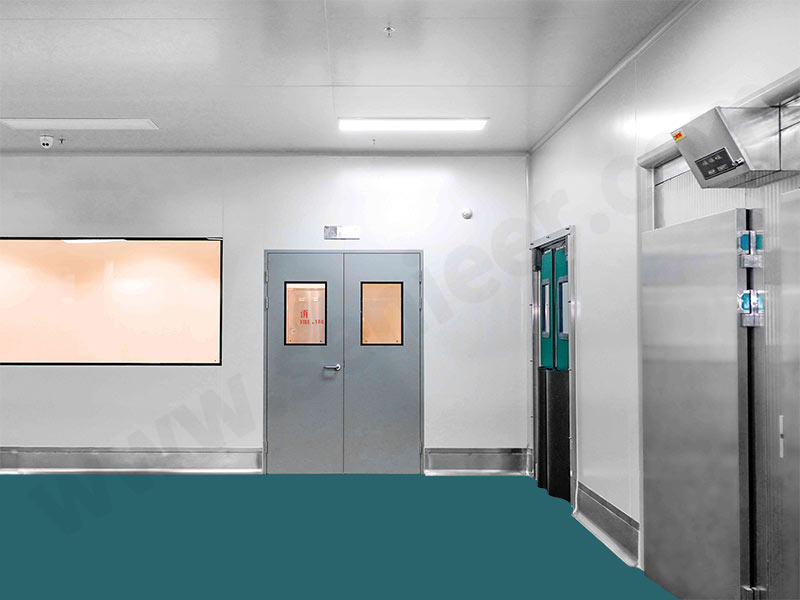
Hygiene Cleaning Procedures In Clean Areas
- Scope: Clean area
- Responsibility: Clean area sanitation and cleaning personnel.
- Purpose: To ensure that the cleanliness of the clean area reaches the level of 100,000.
- Procedure:
- 1The hygienic cleaning procedure in the clean area follows the principle of from the inside out, from the top to the bottom.
- 2Preparation work before cleaning: preparation of disinfectant, preparation of cleaning tools.
- 3Each cleaning work should be carried out in strict accordance with the steps from the inside out.
- 4 Each room hygiene cleaning operation should be observed from top to bottom.
- 5After the cleaning of each room is completed, turn on the UV lamp and illuminate it for 30 minutes. Turn off the lights for 30 minutes and empty for 10 minutes.
- 6 Chemical disinfection once a month, the specific method is seen in “disinfectant preparation, use of SOP” No. 4, 4.
- 7 For the operation method of hygienic cleaning in each region, see LSTB-QP02-B3 – LSTB-QP-B8.
Disinfectants Are Formulated And SOP Is Used
- Purpose: To establish a standard operating method for the preparation and use of disinfectants.
- Scope: Preparation and use of disinfectants.
- Responsibilities: cleaning staff, workshop managers.
- Procedure:
- 1 The types of disinfectants commonly used in the workshop are 75% ethanol; 0.5% 84 disinfectant; 0.1% neo-gyr extinction.
- 2 Commonly used disinfectant preparation methods
- 2. 1 75% ethanol solution: 37 liters of 95% ethanol (v/v), 13 liters of distilled water (room temperature). Pour into a stainless steel container, stir and mix well with the above solution, filter with a 0.22um filter membrane, you can be aliquoted and used, and pay attention to keeping away from heat sources when storing.
- 2. 2 0.5% 84 disinfectant: In plastic or glass containers, take 84 disinfectant and water, prepare according to the ratio of 1:200, mix evenly, and can be used in separate packages. Store away from heat sources.
- 2. 3 0.1% new Jieer extinguishing: In plastic or glass containers, take 5% of the new Jieer extinguishing 0.5 liters, add distilled water (room temperature) 24.5 liters, mix well, you can be used in separate packaging. Store away from heat sources.
- 3 Disinfectants are generally stored in the sanitary ware room, but 70% ethanol is only allowed to be stored for two days.
- 4 liquid disinfectant varieties are exchanged and used monthly, and the disease is recorded in detail.
- 4. 1 lavender with 40% formaldehyde (30 ml/m3) for 12-24 h, then neutralize with restful sleep (8-10 ml/m3) and 15 Minutes, open row wind blowing;
- 4. 2 Lavender with lactic acid (2 ml/m3) propylene glycol (1 ml/m3) and peracetate.
- 4. 3 Gas disinfectants should be used alternately and recorded in detail after use.
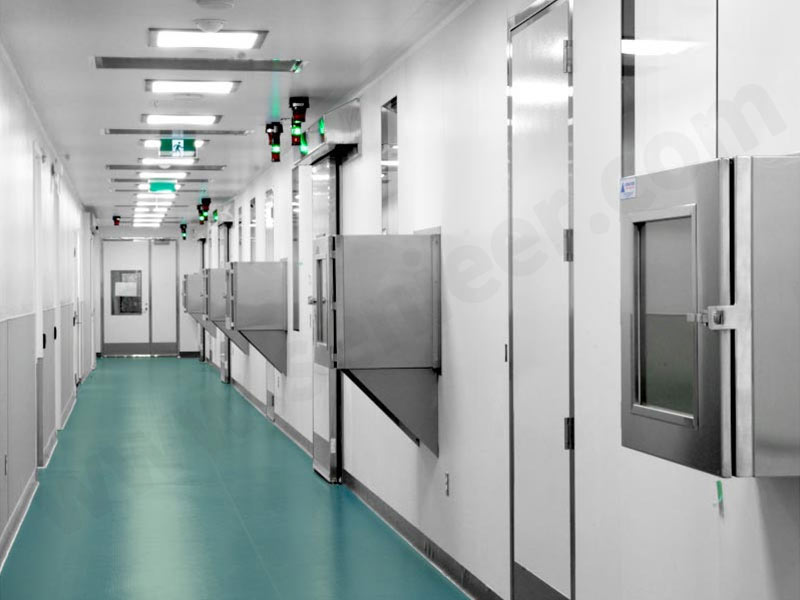
Luminaire Cleaning SOP
- Purpose: To establish standard operating procedures for luminaire cleaning.
- Scope: cleaning process of lamps and lanterns in general production areas and clean areas.
- Responsibility: Cleaning staff.
- Procedure:
- 1 General cleaning of lamps
- 1. 1 The cleaner brings cleaning tools such as stairs, cleaning trucks, and wipes into the cleaning place;
- 1. 2 After turning off the power, place the stairwell under the luminaire, the cleaner stands on the stairs, wipe it in the order from the top of the lampshade – the protective layer of the lampshade – the lampshade fixing frame, and then wipe it with a dry cloth.
- 2 The cleaner cleans the cleaning utensils in the cleaning room and stores them in a fixed position.
- 3 Clean area lamps are cleaned once a month; General production area lamps and lanterns are cleaned once a quarter; Or should be cleaned immediately upon burial.
- 4 Commonly used detergents are dish soap.
- 5 After the operation is completed, the blood is related to the record.
Wall Cleaning SOP
- Purpose: To establish a standard operating method for wall cleaning.
- Scope: The cleaning process of the walls in the clean area.
- Responsibility: Cleaning operator.
- Procedure:
- 1 First wipe the wall wall with a damp cloth, if there is a dirt that is not easy to wipe off, wipe with 75% ethanol liquid or dish soap.
- 2 Use a pressable mop to dip the cleaning liquid, wipe the wall wall in the order from top to bottom, from left to right, and wipe the room and then the corridor thoroughly.
- 3 After the cleaning utensils are used, they must be cleaned in time and stored in the sanitary ware room after washing.
- 4 The walls of the wall must be disinfected regularly, and its operation method is the same as above.
- 5 commonly used cleaners are dish soap, 75% ethanol; Commonly used disinfectants are 0.1% new Jieer extinguishing, 0.1% 84 disinfectant and so on.
- 6 The walls are generally cleaned once a week, or wiped after burial, and disinfected generally once every half a month.
- 7After the operation is completed, fill in the relevant records.
Floor Cleaning SOP
- Purpose: To establish standard operating methods for floor cleaning.
- Scope: The whole process of floor cleaning in the clean area.
- Responsibility: Cleaning staff.
- Procedure:
- 1 First use a broom to sweep the ground from the inside to the outside, from left to right.
- 2 Use the mop to dip the cleaning liquid, in the order from the inside to the outside, from left to right, the first cleaning; The area of each mopping shall not exceed 10 square meters, and the burial mop shall be cleaned with drinking water and cleaned with cleaning liquid.
- 3 After the first mop is completed, the mop is rinsed with drinking water, wrung out, and cleaned for the second time, the order is still from the inside to the outside, from left to right, the first cleaning; The area of each mopping shall not exceed 10 square meters, and the burial mop should be cleaned with drinking water and used after wringing.
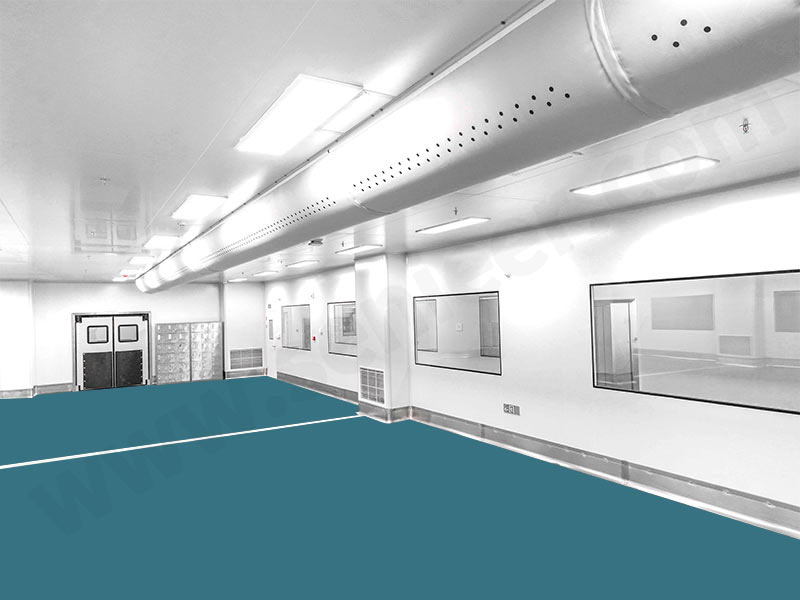
- 4 Where the mop can not be used, clean with a rag, wipe with the cleaning liquid for the first time, the order is from the inside to the outside, from left to right, each wiping area shall not exceed 2 square meters, and the burial rag should be cleaned with drinking water and dipped in cleaning liquid. After the first wipe is completed, the rag is cleaned with drinking water, after wringing, the second erase is carried out, the order is still from the inside to the outside, from left to right, each wiping area shall not exceed 2 square meters, the burial rag is cleaned with drinking water, and it is used after wringing.
- 5 Disinfection of the ground: After cleaning and cleaning, use a mop (or rag) dipped in disinfectant, and drag (or wipe) the ground once, and the disinfection order is the same as the cleaning order.
Floor Drain Cleans Soop
- Objective: To establish a standard operating procedure for floor drain cleaning, so that the cleaning operation standard of floor drain can be standardized and standardized.
- Scope: Cleaning process of floor drain.
- Responsibility: Cleaning operator.
- Procedure:
- 1 Remove the cover plate and water seal to remove the residue and foreign matter in the floor drain.
- 2 Rinse the floor drain with sleep, if there is dirt, brush with a steel wire ball.
- 3 Rinse the water seal and porous cover with sleep, when there is dirt, brush with a steel wire ball, if it is still not dry, you can use the steel wire ball dipped in a little ethanol 0 or gasoline scrubbing.
- 4. Replace the water seal and cover plate.
- 5 Clean Area Floor Drain Every Friday afternoon, pour 800ml of 0.1% neo-gell solution into each floor drain, and suck up the sleep in the floor drain before pouring.
- 6 After the operation is completed, fill in the relevant records.
Initial And Medium-Efficiency Air Filter Cleaning Specifications
- Objective: To establish standard operating procedures for primary and intermediate air filter cleaning.
- Scope: Cleaning process of primary and intermediate air filters.
- Responsibilities: equipment management personnel, cleaning personnel.
- Procedure:
- 1 Close the doors and windows of the machine room first to avoid dust entering the air duct.
- 2 Carefully remove the air filter cloth from the filter.
- 3 Remove the filter cloth and rinse twice with tap water, each rinse time is 3 minutes.
- 4 Add detergent to wash away dirt or dust.
- 5 Rinse three times with tap water for 5 min each.
- 6 Rinse twice with deionized water for 5 min each time and dry naturally.
- 7 After ironing, put into a clean plastic bag for the next replacement.
- 8 At the beginning and medium-efficiency air filter cloth should be cleaned separately to avoid mixing with other items and touching or polluting.
- 9 The initial filter is cleaned every 15 days, and the medium-effect filter is cleaned every other month, and the cleaning cycle can be shortened according to the air condition if necessary.
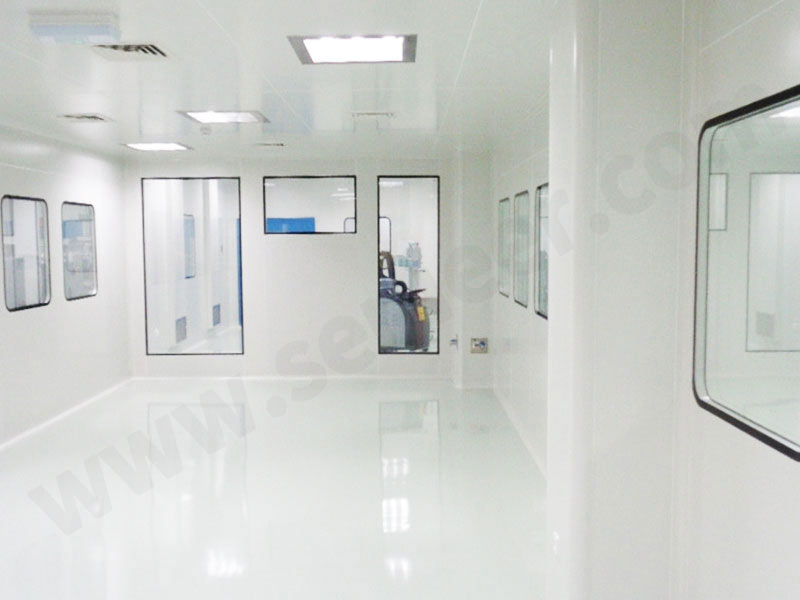
- 10 The replacement period of the initial filter is generally three months, the replacement period of the medium-acting filter is generally 6 months, if the replacement period is not reached and the pressure difference after the filter is cleaned to reach 1.5 times the resistance, it should be replaced in advance.
- 11 After the air filter is replaced, the air conditioning system should be turned on and run for two hours before it can be produced.
UV Lamps Use SOP
- Purpose: To establish standard operating procedures for the use of UV lamps.
- Range: UV lamps for sterilization.
- Responsibilities: Operator, head of the use department.
- Procedure:
- 1 Turn on the UV light 20 minutes before going to work every day. In case of special circumstances, the UV lamp irradiation time can be extended to 30 minutes.
- 2 Easy-to-infect the operation steps or materials to be processed, within 4 hours before the operation, with a UV lamp for at least 30 minutes.
- 3 When using ultraviolet lamps, observe whether the ultraviolet lamps are normal with attention, and should be screened in time when there is abnormality, and replaced if necessary.
- 4 The use of UV lamps should be recorded, fill in the use of the use and time, and have the user’s signature.
- 5 UV lamp protection method: wipe every week, use alcohol, ammonia, acetone, etc.
- 6 Effective service life: domestic lamp about 4000 hours.
Specification For The Use Of The Pass Window
- Purpose: To establish a standard procedure for the use of pass windows.
- Scope: Pass-through window.
- Responsibilities: operators, workshop managers.
- Procedure:
- 1 The transfer window is the material transfer channel between different areas of cleanliness level;
- 2 Usually the door of the transfer window is in a closed state, when the material is transferred, the transmission will be bored after sending in, immediately close the door, the recipient opens another door, the material is taken out, and then close the door. It is strictly forbidden to open two windows at the same time.
- 3 After the operation of the window, the cleaning work should be carried out and disinfected regularly.
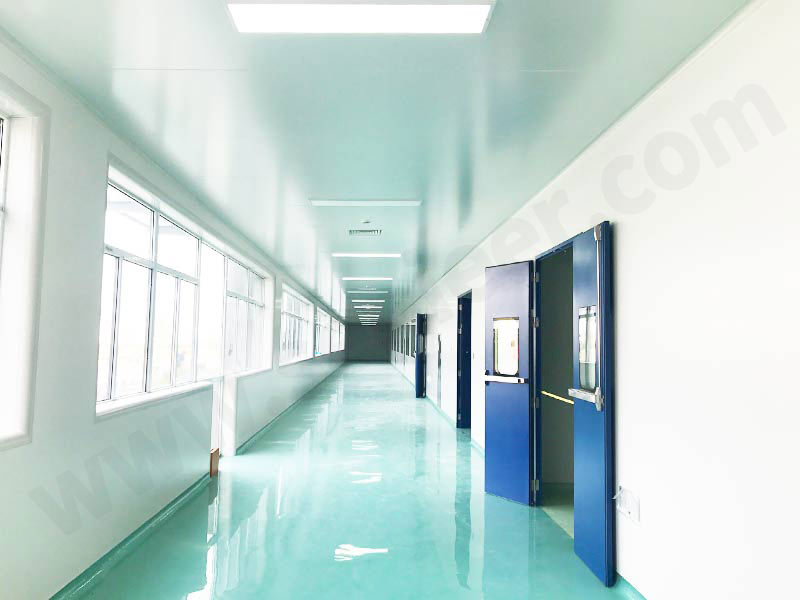
High Efficiency Filter Replacement Procedure
- Purpose: To establish a standard operating procedure for high efficiency filter replacement.
- Scope: HePA replacement process.
- Responsibility: Equipment manager.
- Procedure:
- 1 High efficiency filter by detecting the room air volume and dust particles once a month to determine the replacement time, when the number of dust particles in the room exceeds the standard, and the air outlet wind speed is lower than 70% of the design transmission value should be replaced.
- 2The steps of replacement are as follows:
- 2. 1. Remove the diffusion plate fixing screw first, and remove the sealing sponge;
- 2. 2 Remove the high efficiency filter and install a new filter;
- 2. 3 Fix the sealing sponge, install the diffusion plate, and apply the sealant around;
- 2. 4 after installation of the leak test, the method is to drag the probe of the anemometer at a uniform speed on the filter outlet surface, the place where the wind speed suddenly rises is the air leakage point, and the wind speed at the border seal is greater than 0.1m/s, and there is a leakage air, and the air leakage point is handled well.
- 3 After replacement, make a good record.
Hygiene Inspection At The Production Site
- Scope: Production site hygiene.
- Responsibility: Quality control department.
- Purpose: to ensure the cleanliness of the workshop and prevent product contamination.
- Procedure:
- 1 The ground is clean, the doors and windows, the glass, the wall, and the ceiling are clean and intact.
- The production equipment of the 2 workshop should be kept clean and intact, no scaling, no oil leakage, and the part that sees the natural color and the contact with the product should be a stable nature, no rust, no peeling material.
- 3 material placement: the raw materials and accessories used in the workshop, the packaging materials should be placed in different storage areas of the workshop according to the requirements of the fixed management, stacked according to the variety, specifications, and batch numbers, and marked with obvious signs. The packaging process production site must be kept clean, the packaging must not be thrown anywhere, and the finished products, semi-finished products and packaging materials should be placed separately, and the other party should be neat.






